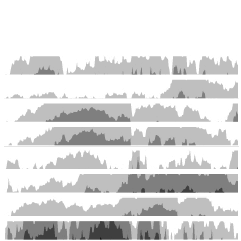There is a possibility the UK Census is scrapped for cheaper options next year.
The census faces its biggest shake-up in its 200-year history under Office for National Statistics proposals.
An online survey could replace the study – carried out every 10 years – or information could instead be collated using data already held by government.
The plans will be fleshed out and put out to consultation this month before Parliament makes a decision in 2014.
This is both surprising and expected. On the one hand, a decennial Census provides a granular view of a nation that is hard to match. However, on the other, it can be expensive to count everyone, and there are more data sources now than there were 200 years ago that can be drawn upon. The catch is that a lot of data sources use the Census as a baseline or a seed to make estimates.
The main issue seems to be cost, which is estimated to be £482 million over a ten-year period and comes out to about $1.10 per person per year. In contrast, the 2010 United States Census cost $13 billion, which comes out to about $4.20 per person per year. So it’ll be interesting to see what the ONS decides, as I’m sure it’s going to get US officials thinking about prices, too, especially since the US Census cost almost four times more per capita.
In any case, hopefully the UK Census sticks around. A complete cut of the program can’t possibly be beneficial at this point.

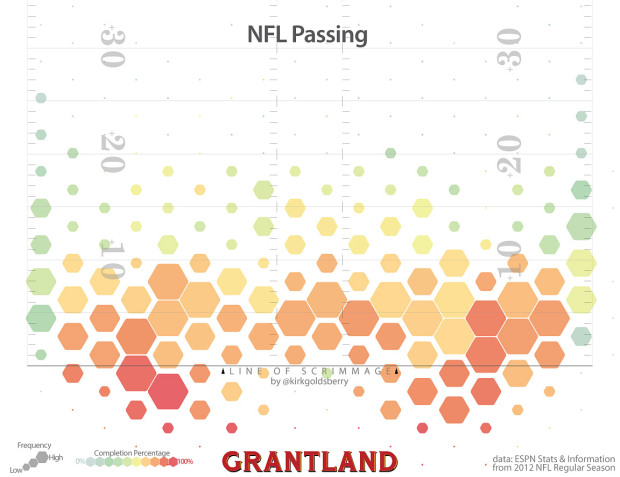
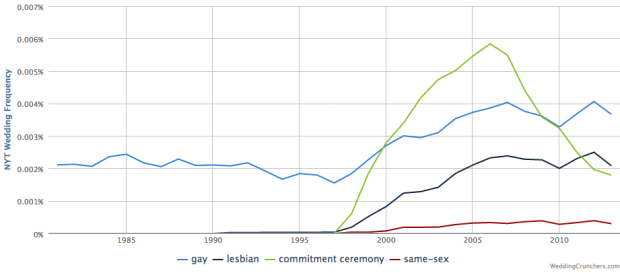
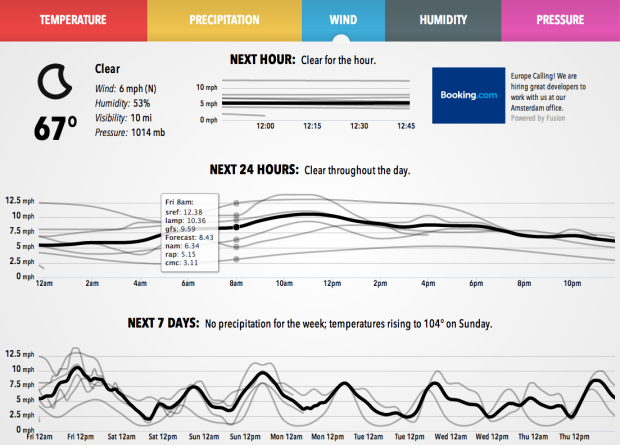



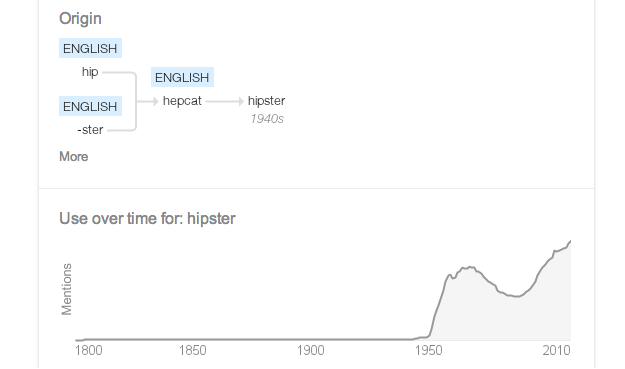
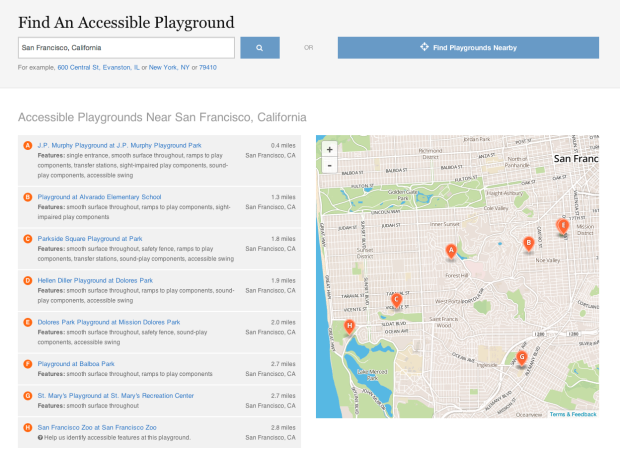


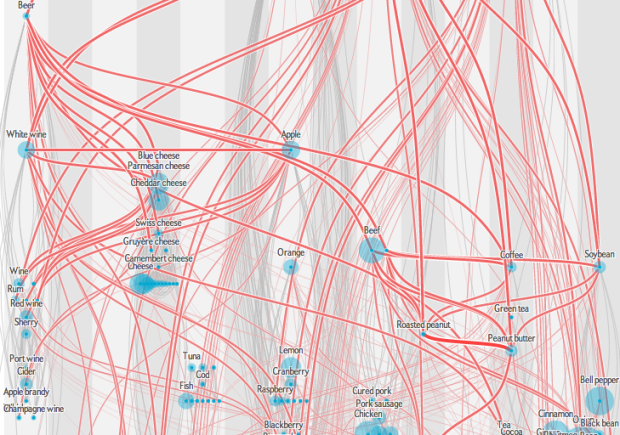
 As China moves forward with
As China moves forward with 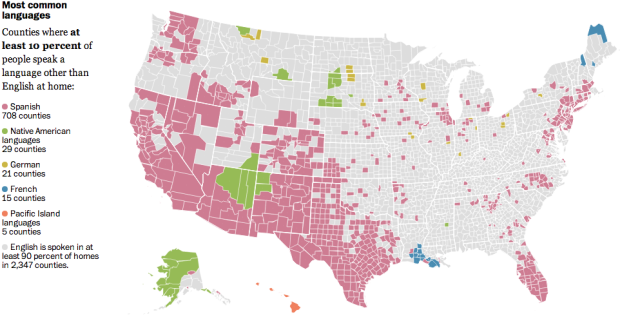
 Visualize This: The FlowingData Guide to Design, Visualization, and Statistics (2nd Edition)
Visualize This: The FlowingData Guide to Design, Visualization, and Statistics (2nd Edition)



